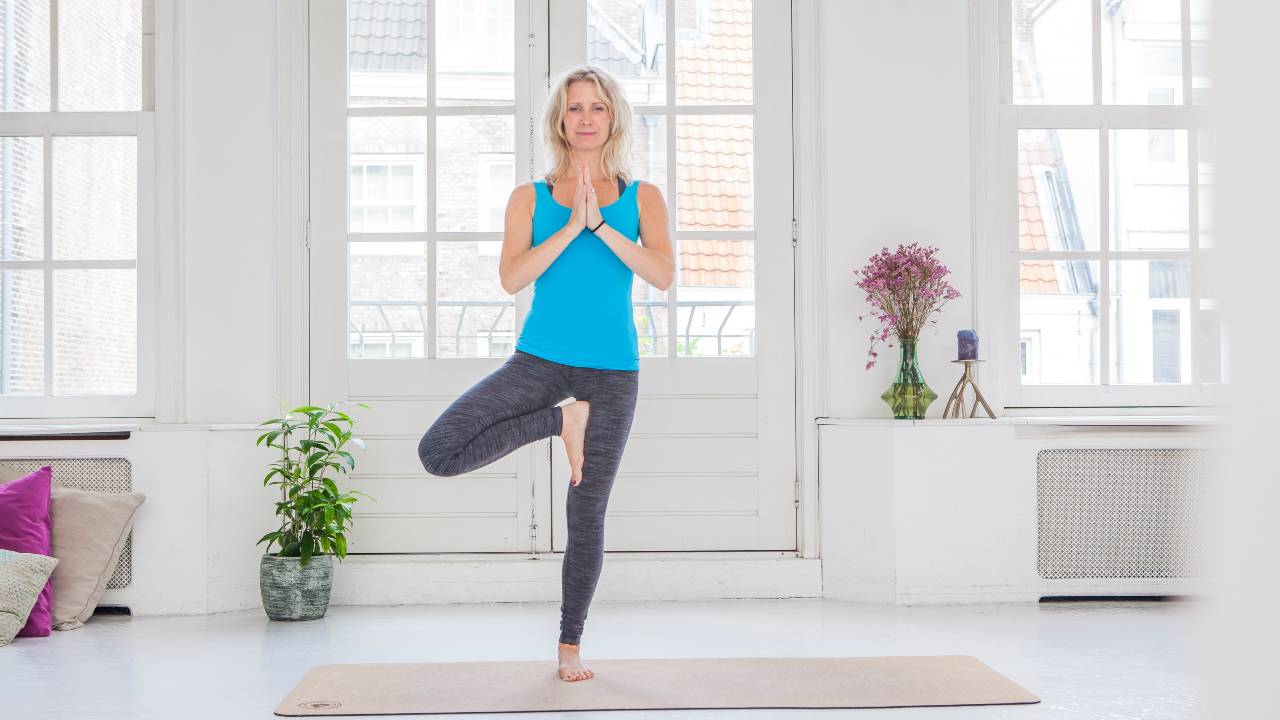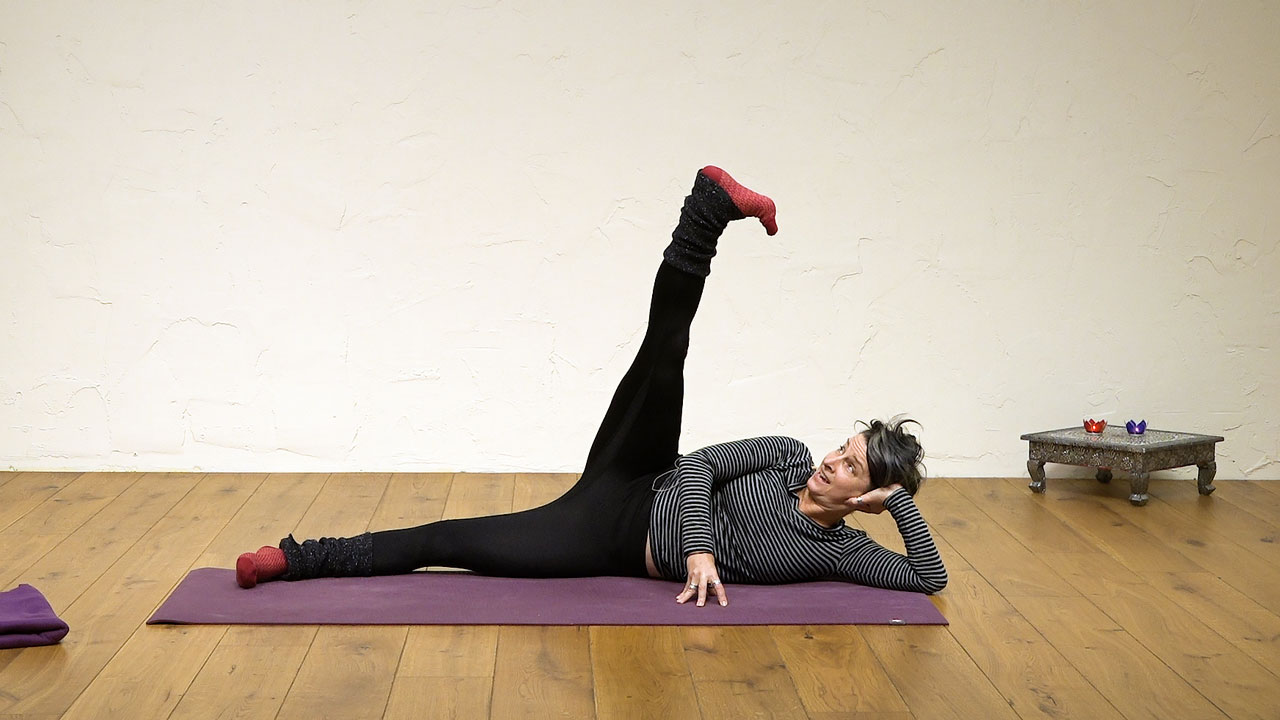Earth Element and your late Summer yoga
It’s late summer and the garden’s fruits and vegetables are heavy, ripe and begging to be picked and enjoyed. This is the time of the Earth Element and its yin qualities that embody the full, ripe, heavy and centered. It’s a time to indulge in the abundance of watermelon, cucumbers and tomatoes offered up by Mother Earth. It’s time to get ready for her fall sweet potatoes and yams. It’s a time for digesting delicious late summer lunches followed by siestas that include a shady tree, a good book and a swaying hammock. Late summer is the time for nourishing and balancing yin-yang yoga practices that celebrate fullness and completion.
Qualities of the Earth Element
In late summer the sun sits a bit lower in the sky – not as high and hot as in June and July when the Fire Element blazes brightly. In August and early September there’s more moisture in the air and the warm breezes carry sweet fragrances. Moisture and sweetness are signature qualities of the Earth element.
Earth element holds a balance between yin and yang. Late summer sits between a hot, dry season (summer) and a cool, dry season (autumn). Hence its affinity for moisture. Whereas summer is a time of growth, expansion and lots of yang energy, and autumn is a time of reflection, decay and lots of yin energy, late summer is a time of balance. It’s a time of reflection, a chance to be present with all the summer growth, to enjoy its fullness completely.
Whereas summer is a time of growth, expansion and lots of yang energy, and autumn is a time of reflection, decay and lots of yin energy, late summer is a time of reflection, abundance and balance.
Sweetness is the taste and laughter is the sound of the earth element. For me, this is epitomised by being in the company of good friends, sweet watermelon juice running down my chin and making me giggle! When balanced, earth element has the qualities of relaxed happiness, a contentment with what is. We find we are not worried about what is to come. This element has the Santosha energy of the youthful endless summer.
Earth Element as movement of Qi
Earth is the movement of qi that is centered when balanced and spinning out of control when imbalanced. Yogis know that the world around us is always in flux. The three primal forces of Prakriti, the gunas of sattva/reflection, rajas/movement and tamas/inertia, are in a perpetual shifting dance. This is the play that we call Lila. Our ability to be centered and calm amidst these continuous changes is the quality of a balanced earth element.
When the earth element is imbalanced within us we find ourselves feeling worried and full of anxiety. We may spend our time overthinking and ruminating, unable to stay centered in the face of life’s changes. I feel earth element is best illustrated by the image of a spinning top. When the top is perfectly balanced it spins silently upon a centered point. It is only when it becomes off-centered does it wobble, collapse and crash.
In yoga we often find and cultivate our balanced earth element with awareness of the first chakra Muladhara. This tends to the strength and suppleness in our pelvic floor, legs and feet. Standing postures such as Warrior One and Warrior Two helps us ground into the earth and feel her stability. Balancing postures such as Tree help us grow our roots deep into the earth in order to find calmness and grace in the winds of change. These standing postures help us cultivate our own inner strength and fortitude by lifting ourselves up against the earth’s gravitational pull.
Spleen, Stomach (and Pancreas) Organ Meridians
The yin element organ is the spleen and the yang element organ is the stomach. The pancreas does not have its own organ meridian and due to its physical proximity to the stomach and spleen in the human body is usually placed with them.
The stomach meridian resembles the superficial fascial meridian. It runs the whole length of the front body from just below the pupil of the eye to the second and third toes. I like to call the stomach meridian the “don’t worry, be happy” meridian. This is because it runs down the cheeks to the corner of the mouth! By smiling the biggest, goofiest smile you can imagine, we can awaken this meridian – “kissing our eyes by lifting our cheeks”.
The spleen meridian starts at the big toe and runs up the inner leg lines and abdomen to end in the chest. In yoga we can access this through postures such as Uttita Hasta Pandangusthasana where we hold the big toe extended out (either lying on the floor or standing and balancing). These big toe holds in postures can help us release our worries and anxieties and create space for calmness and peace.
Stomach 36 – Most well-known acupoint of all
There is a very well-known acupressure point about four fingers width below the knee on the anterior tibias muscle (front of the tibia/shin bone). It is said to calm the whole body and aid its ability to strengthen and heal. This point is Stomach 36 and it is often used by acupuncturists for its amazing tonifying benefits. It balances out the stomach and spleen, helps with digestion, and can give pain relief. In child’s pose we apply pressure to this ST36 point, as well as in foetal position when we wrap our arms around our knees.
Practice with me! Earth: Grounded and present
Try my Earth element inspired practice – full of lower centre of gravity postures (lots of floor work) and longer holds (Yin-like in nature) to encourage a deep sense of being held on this earth.
Anjaneyasana – Adoration of the Sun
In classical sun salutations we practice the posture Anjaneyasana. This low knee-down lunge was named for the boy Anjanee. He adored the sun so much he thought of it as his favourite fruit. As the story goes, because he focused his love so intensely on this big mango in the sky, he was able to fly up off the earth as if to take a bite. I often ask my students whilst practicing this posture, “who or what do you adore as much as he loved that mango in the sky? Who or what makes you that happy?”
In Anjaneyasana we open and stretch the whole front superficial fascial line on one side of the body. This is the stomach meridian and it’s the meridian the sun shines the brightest upon. Practicing this posture in sun salutations – and layering on the 12 mantras to the sun and its positive and uplifting characteristics – helps us connect deeply to our inherent nature of calmness, happiness and peace.
Late Summer Yoga
In late summer we may find ourselves drawn to practices that are slower and juicier. If, like me, you’re usually practice very yang-like power Vinyasa flows, during August and September you might prefer slower flows where you can marinate a little longer in the postures. You may skip your chaturangas to upward facing dogs. Perhaps you choose to place your knees down instead, in order to lie down and find other heart-opening options such as cobra, cobra rolls, sphinx, locust, half-bow and even full floor bow. You also might find that you are practicing fewer Vinyasa flows and more longer held Hatha yoga postures, as well as making more time for restorative/yin postures at the end.
A balanced mixture of both yin and yang is a perfect late summer yoga practice. Staying active in the flows, and then allowing ourselves to find the floor in order to ground, connect and move from that very earthly place, encourages feelings of wholeness, fullness and balance. By doing this our earth element will be very happy indeed!
Other articles in Jennilee’s TCM Elements’ series:
- Fire element – associated with Summer and the Small intestine / heart meridian
- Metal element – associated with Autumn/Fall and the Lung / large intestine


